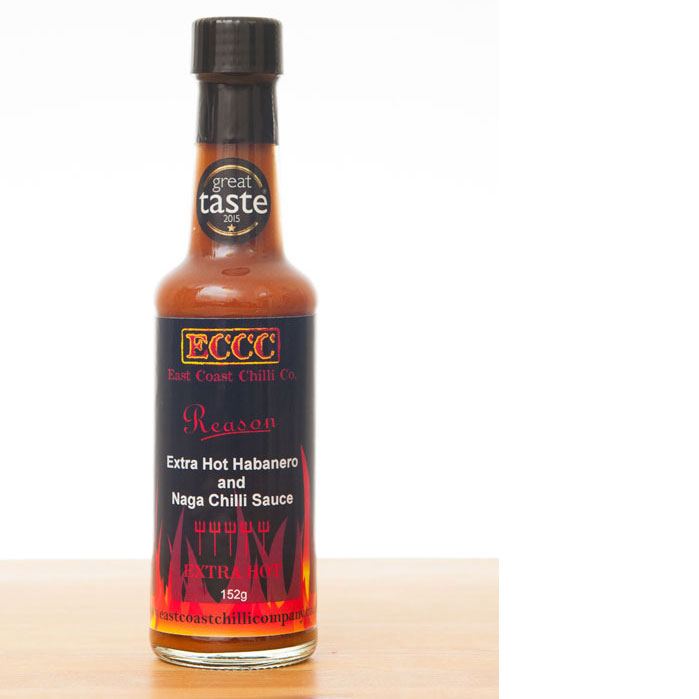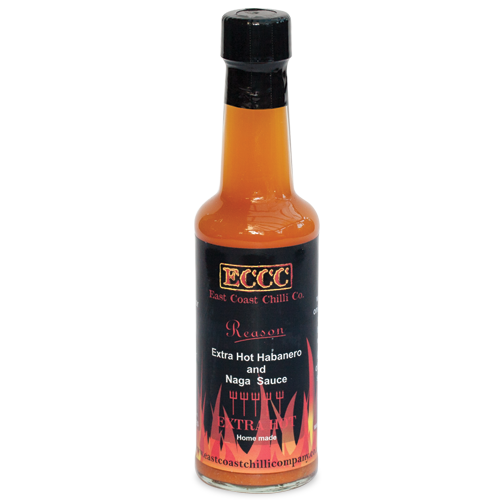10 Top Tips to Tell How Hot a Chilli Sauce is
So you’re at a market, in the food hall at a country show, at a food festival or perhaps at a specific chillifest and you find yourself in front of someone selling chilli sauces.
You want to try some of the samples on offer BUT you want to avoid feeling like a nail’s been driven through tongue, right? Or maybe that’s just what you’re after.
Well, having just started rewriting and reformatting the recipes section of our website, it got me thinking: what’s the difference between mild, medium and hot and how can you tell?
The dictionary definitions are:
Mild – not severe, serious or harsh
Medium – halfway between two extremes
Hot – containing or consisting of pungent spices or peppers which produce a burning sensation when tasted
However, we all have our own tolerance levels, so what’s TOO hot for you? The following list should give you some ideas of what, or what not to look for.
1) Prepare in advance. Know your basic chilli strengths.
A little bit of preparation never lets you down and the producer will be glad to give their time to talk to someone who knows their stuff. As a quick guide, Jalapenos (the ones you get sliced on pizzas) are pretty mild. Habaneros (a cousin to the Scotch Bonnet) are pretty hot. The Bhut Jolokia, sometimes known as a Naga chilli or Ghost Pepper, is very hot. The Trinidad Moruga Scorpion is (currently) the hottest. I won’t go into great detail about the Scoville Heat Scale here but this article might help, as might this one.
2) How hot is the sauce described on the bottle?
This seems obvious right? Well, that’s not necessarily so. In fact, it can often be downright misleading. This isn’t only because of your personal tolerance level but that of the sauce producer too. What one may find mild, another may find tortuous!
3) What colour is the sauce?
If it’s red it must be hot, right? Is ketchup hot? No. Are tomatoes?
4) Are there seeds visible?
Dur! Everyone knows it’s the seeds that are the hottest part of the chilli. Well actually, no. Blame the celebrity chefs for this one, although they’re gradually catching on. In fact, it’s the membrane or placenta around the seeds that are the hottest part. The seeds themselves contain no heat. Any heat attached to them is just residual heat from the placenta. Besides, a lot of hot sauces are blended so that no seeds are visible.
5) Don’t take anyone else’s word for it.
This goes back to your personal tolerance levels. Whilst the person on your left might be struggling to breathe, that doesn’t mean that you will. And how many times have I heard someone try tricking a friend or loved one into trying the hottest sauce by telling them it’s the mildest?
6) Look at the ingredients list.
This goes hand in hand with tip number 2, but not just because of what’s in it. For example, although we make an extra mild mango sauce, I’ve tasted a lot of mango sauces that will blow your bloody head off!
7) How high up the list of ingredients are the chillies?
Ingredients should be listed in order of quantity used, so if your chillies are right up there at the top, as a rule of thumb it’s likely to be hot. However, seeing as you’ve already followed tip number 1, you’ll already know which chillies are the hottest. However, beware the use of chemical extracts.
8) Have a darn good smell.
If your nose starts running and your eyes start streaming, well, you pretty much know what’s going to be coming if you put some in your mouth. Be especially aware of any chemical smell. It’s unmistakable when you know what to look, or indeed smell for. This is pure capsaicin, the chemical compound that makes chillies hot. It only takes a drop in a batch of hot sauce to have an effect so it’s likely to be way down the list of ingredients. It might be listed as capsaicin extract, pepper extract or derivatives thereof. Not only might it make you want to tear your head off but it’ll also make you feel like someone’s forced a ball of pure pain down your throat to sit right on top of your stomach. Until it probably comes back up.
9) Talk to the person selling them.
This is more likely than not going to be the person who actually makes the sauces, or if not then the person should at least know what they’re talking about. Either way, they should be pleased to talk to you about what’s in them, how it’s made, how it’s best used, etc. If they make chilli sauces for a living then they probably know a good bit about what’s hot and what isn’t. If they say it’s hot or if they say it’s very mild, then it probably is, but again bear in mind those personal tolerance levels.
10) Taste them.
After all, you were always going to, right? But do so as directed. If there are tortilla chips on offer, use them, don’t glug down the whole bottle. At least not until after you’ve bought it. However, DON’T start with the hottest. Chilli sauces, like any sauce or indeed any food, should be made for the taste. It’s not always a Man Test thing, although we’ve probably all been there. If you try the hottest first, how are you going to know what the others taste like? You’re probably going to be missing out on a whole world of taste and possibilities. And bear in mind too that you’re pretty much sampling them neat. Any good hot sauce maker will probably have made their sauces with certain uses and recipes in mind where the sauces will of course be diluted by the use of other ingredients. They should be only too please to discuss these with you.
Happy tasting!



